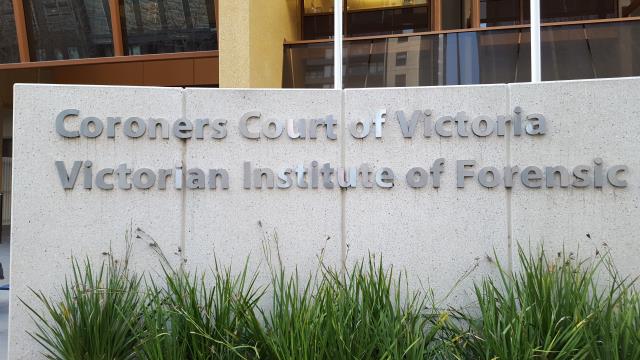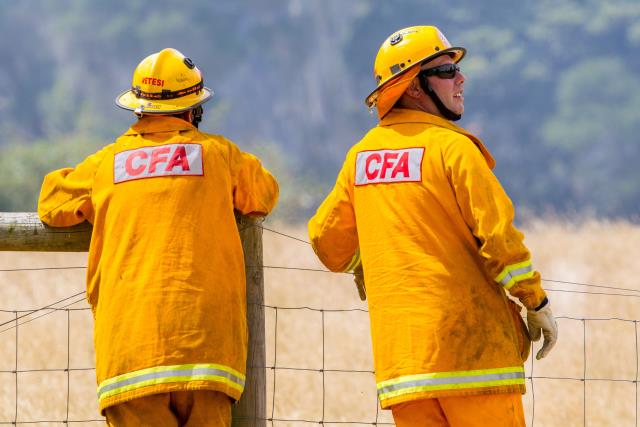Trigger warning: this article contains references to suicide, if you or someone you know needs support, please contact Lifeline on 13 11 14
A Ringwood woman, who died by suicide while being held at the Knox Police Station, was left unobserved for one hour and 26 minutes, despite police identifying that she required frequent checks, a coroner’s court has found.
The 40-year-old woman died in hospital the following day after police discovered her unresponsive in her cell on the evening of 2 December 2021.
During the hearing in Melbourne on 12 November 2025, Coroner Audrey Jamieson ruled her death was “preventable” and that a series of delays, missed welfare checks and failure to follow risk-management procedures contributed to the fatal outcome.
According to the Coroner’s findings, Victoria Police was aware of the woman’s heightened risk.
Her vulnerability was documented in LEAP and E-Justice warnings, which recorded her of being at “risk of suicide or self-harm” and this information was known to the officers responsible for her care and despite this, Coroner Jamieson found that completion of her Dynamic Risk Assessment was “delayed.”
Although police policy recommended a suicide-resistant blanket for detainees assessed as being at risk, the Coroner found that police issued her a ‘standard’ blanket.
Further Coroner Jamieson’s findings showed that from around 6.30pm, the woman required Level-Three observation, meaning in-person checks and engagement every 30 minutes, however, no physical checks were carried out between 6.32pm and 7.58pm.
During this period, she made two earlier attempts to harm herself before passing away between 7.11pm and 7.13pm.
“Any (Level-Three) physical check conducted approximately 30 minutes after the last (at 6.32pm) was likely to have disrupted her self-injurious activities,” Coroner Jamieson said.
Instead, she remained unresponsive and unnoticed in her cell for 45 minutes before officers entered the cell and commenced CPR.
While the Coroner could not say whether earlier intervention would have changed her clinical outcome, she found the delay deprived her of a chance at earlier assistance.
The custody supervisor on duty was found to have “failed to ensure custody staff undertook the tasks required to ensure (her) health, safety and welfare” during the critical period.
Coroner Jamieson said it was unclear whether this failure resulted from inadequate handover, unclear tasking, competing operational demands, or a combination of factors.
Broader systemic issues were also identified within Victoria Police policies and practice guides.
Coroner Jamieson stated key terms relating to mental health and self-harm, including “risk of suicide or self-harm,” “self-inflicted trauma,” “likelihood of self-harm or suicide,” and “imminent risk of suicide or self-harm,” were not clearly defined.
The absence of clarity, she said, may affect officers’ understanding of risk levels and appropriate responses.
Coroner Jamieson also highlighted a lack of guidance on what qualifies as “new information” that should trigger a revised self-harm rating and emphasised that demeanour and denial of suicidal ideation are “unreliable” indicators of safety.
To prevent similar deaths, the Coroner recommended that Victoria Police display required observation levels for each detainee within the Watch House, clarify mental-health-related terminology in the Victoria Police Manual and practice guides, provide further training on assessing risk and seeking CHAL advice, and improve the recording of handovers to ensure all relevant information is communicated.
“Given the cumulation of failures and delays identified above, I find that [her] death could have been prevented,” Coroner Jamieson said.







